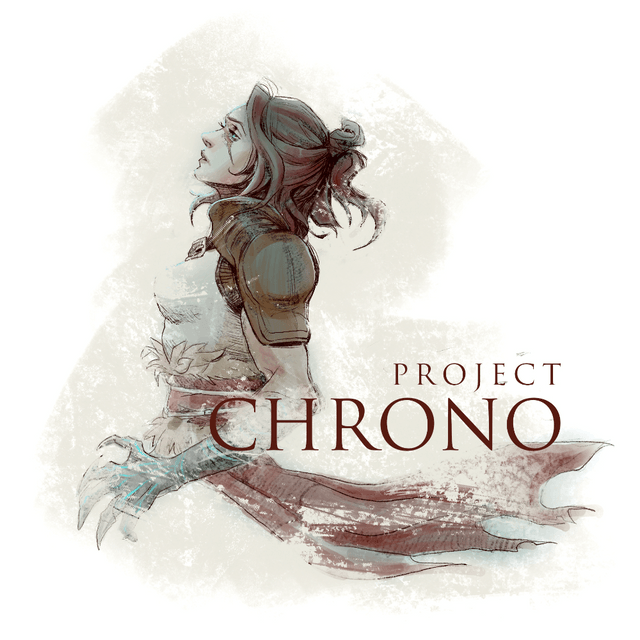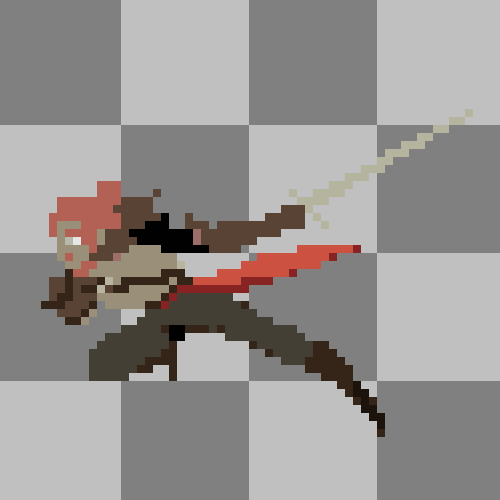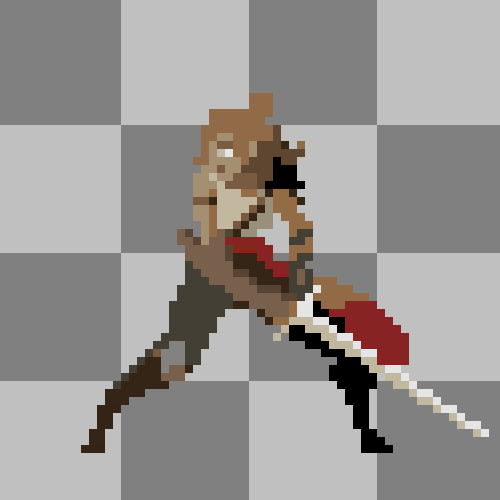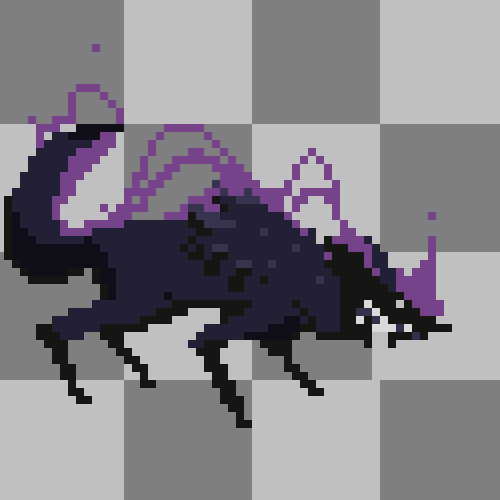Project Chrono is a single player party-based role playing game with an emphasis on turn-based combat with deep systems that require players to employ strategic thinking. The game follows Mira, a soldier of a besieged ancient empire who discovers a magical artifact which propels her forward to an apocalyptic era. With the help of companions she makes along the way, she fights back against monsters and corruption, hoping to bring light back to the world.

Game development is an inherently messy process, and as such the game itself at this point in time is more of a very early stage combat tech demo. We're a small team and the other developers have had to devote time away from the project for things such as personal health issues, work commitments, etc.
Regardless, the gameplay video below showcases the music and sound design I've produced and implemented for the game up to this point.




All the music was written in Logic Pro and is entirely virtual, that is to say that at the moment there have been no live recordings for any instruments in the score (likely to change in the future).
Below is a video showcasing the Logic project for this area's combat music
(Notice the use of markers at the top to plan out the overall structure of the track, this is a crucial step for every track when it comes to planning out the implementation)
One of the main struggles of composing for games is the art of writing interactive and adaptive music. The combat music here is non-interactive in the sense that the music itself doesn't adapt directly to gameplay. This was a conscious decision made in order to have the music feel more idiomatic to the genre of the game. Project Chrono is inspired by classic JRPG games and as such I wanted the feeling of the base area combat music to reflect that. Though for future combat scenarios such as multi-phase boss fights I plan to have the music be more interactive and change accordingly with what's happening in-game.
This base combat music track on its own is completely linear, however in-game the music adapts horizontally as the player enters or exits combat. At the moment there is only a transition to the Victory Fanfare as I've yet to write a track for when a player is Defeated in combat as well as transitions to and from that situation.
When writing transitions like this between two different pieces of music there are many variables which need to be planned out and accounted for. In this case, the combat music was written in the key of Eb using the Dorian mode. The Victory Fanfare however was written in the key of C# major.
Both of these scales use the same exact arrangement of black and white keys on the piano, they just have different tonal centres. Additionally, when writing the combat music I made the decision to not modulate to any other keys, this means that no matter where the transition happens from the combat to the victory fanfare music. It will always sound diatonic and not result in any sort of confusion.
In the game's future as more areas are completed and more music needs to be written, these transitions are going to need to be planned out even more granularly as each area's combat track will likely be in different keys with different arrangements/instrumentation. So I'll need to come up with different transitions each time to make sure modulations from the key of the combat music to the fanfare stay clean and won't be jarring for players.
In other parts of the game where music will need to be looping over itself for extended periods of time, I've decided to use a vertical layering approach to add variation in arrangements rather than the music itself. The Victory Fanfare and Main Map are areas where this method applies. Both tracks use a base loop that stays the same while Wwise will randomly pick and choose new stems to be layered on top and change the arrangement.
Below is a video in Wwise showing how different layers come in and out as the music loops. I'm using the Victory Fanfare as the example as it's a much shorter loop than the node-map music.
(Though in hindsight this approach of using a base loop and extra layers coming in on top doesn't produce as much variation as I'd like for this context, in the future I'll likely revisit this track and add more layers as well as different versions of the base loop)
Another difficult aspect of implementing game audio comes with mixing. In this case, using Wwise or a similar middleware makes this process significantly more intuitive and opens the door to endlessly nuanced possibilities and systems when it comes to tying together the gameplay and audio experience.
This also means that as a composer/sound designer I don't need to solely rely on a programmer and pray that they can understand the overall vision I have for the soundscape of the game.
The video below is an effective demonstration of the game directly influencing the overall audio mix using an RTPC value. In this case controlling a lowpass filter on the music bus to communicate to a player that their party is in danger of defeat.
Although the animations themselves aren't in-game yet, I made the sound effects for different skills and abilities using clips to help visualise the movements the character would make. The videos below are introducing REAPER, my main DAW for sound design, and showing the process of designing and implementing sound effects for character skills.